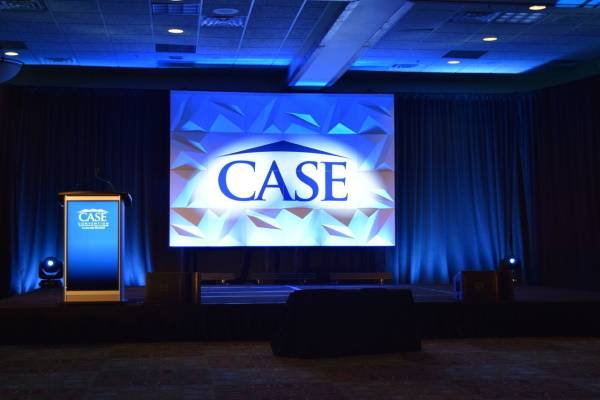Illuminating the Impact of Illumination Methods on the Art of Film Projection Mapping Techniques
Illuminating the Impact of Illumination Methods on the Art of Film Projection Mapping Techniques
Blog Article
Motion mapping mapping is an innovative art form that combines tech and creativity to convert common surfaces into remarkable visual displays. This method entails casting images and videos onto 3D elements, such as buildings, artworks, or platforms. One of the most crucial factors in creating effective projection in the use of efficient illumination methods. Proper lighting enhances the aesthetic elements of the projection and ensures that the visuals are crisp and engaging. This piece examines the impact of illumination methods on motion projection and how they can enhance the overall experience.
Lighting plays a crucial role in video mapping because it establishes the mood and tone of the display. Different lighting techniques can elicit various feelings and responses from the audience. For example, using gentle, cozy lights can create a welcoming atmosphere, while bright, cold illumination may create a more dynamic or intense effect. By thoughtfully choosing illumination colors and intensities, creators can manipulate how viewers perceive the projected visuals, leading to a more immersive experience. The balance between mapping luminance and surrounding light is essential, as it can greatly impact the clarity and impact of the visuals.
In addition, try this website color and brightness, the angle of illumination also affects the effectiveness of projection. Lighting from different angles can generate contrast and accents that add depth to the projected visuals. This technique, known as chiaroscuro, can enhance the three-dimensionality of the objects being projected. Additionally, using moving lights can add dynamism to the exhibit, making the experience more engaging for the audience. When the light interacts with the mapped images, it can produce an effect of motion and change, grabbing the audience's focus.
Another important element of illumination in projection is the use of special effects. Techniques such as gobo illumination, which uses patterns and shapes to filter light, can add depth and intricacy to the projections. This method allows creators to layer images and create visually stunning effects that complement the mapping. Additionally, incorporating lasers or LED illumination can additionally enhance the display, offering a unique mix of visual elements that draw the audience in. These special effects, when used thoughtfully, next page can elevate the projection beyond a simple display to an immersive work of art.
In conclusion, the impact of lighting techniques on video projection is profound. By understanding how different lighting elements interact with projected visuals, creators can create captivating experiences that connect with audience. The thoughtful choosing of hue, brightness, angle, and special effects allows for a rich tapestry of sight narrative. As tech continues to grow, the possibilities for artistic showcasing in mapping will only grow, making lighting an ever-important component in this progressive creative medium.